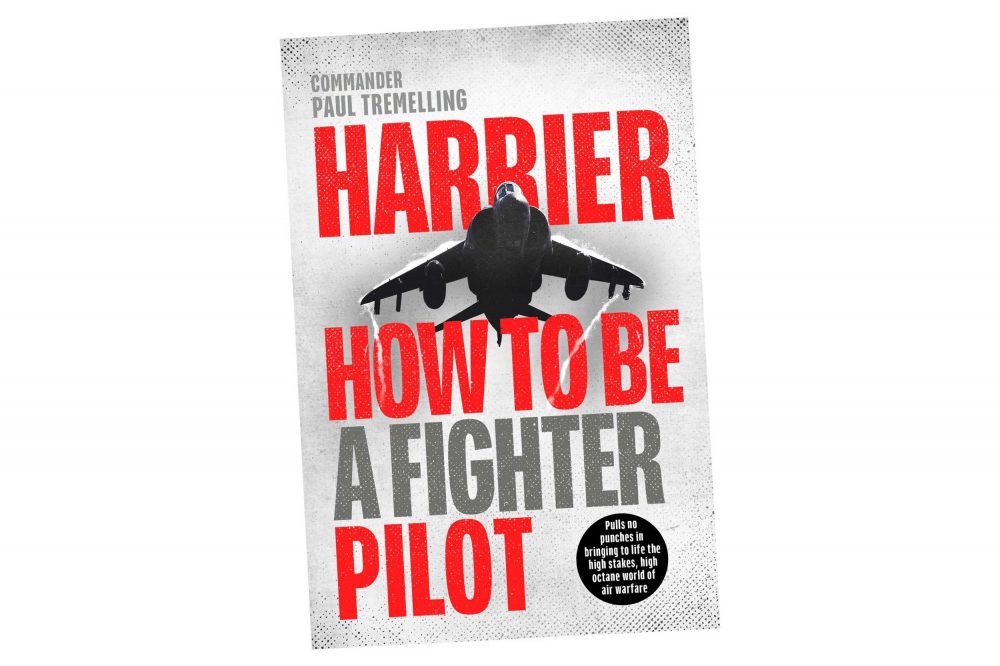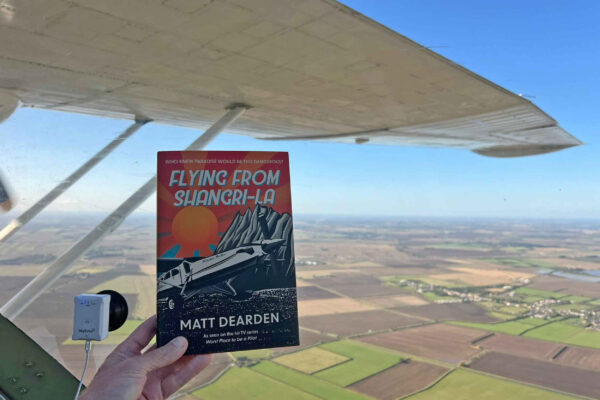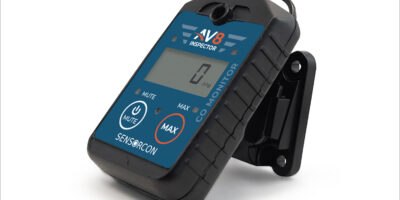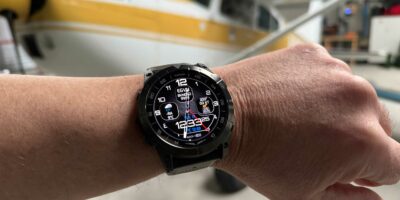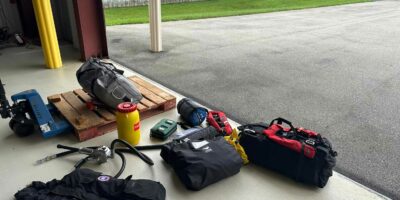‘How to be a fighter pilot’ is a bold title to put on a book, but Paul Tremelling’s account of his progress through selection and training, then combat in Afghanistan – flying Sea Harriers for the Fleet Air Arm of the Royal Navy – lives up to it.
It had been a lifelong ambition for ‘Tremors’ to fly the Sea Harrier, ever since seeing them at RNAS Yeovilton at Air Days as a seven-year-old, then following accounts of the Falklands War where the Sea Harriers were a key element of the UK strike force.
So, when sent to train to fly helicopters instead, despite coming top in basic training at the Joint Elementary Flying Training School, it was a huge blow – and unexpected.
Still, he followed orders and again scored highest marks at the Defence Helicopter Flying School, doing so well that he had a choice of assignments… and suggested a fixed-wing crossover. Luckily, that’s exactly what happened and he was back on course with Basic Fast Jet Training a week later.
What follows is a fast-paced account of going through training, with any number of opportunities to cock it up, incredibly detailed accounts of training sorties, complete with footnotes (often hilarious).
Such as a VSTOL checkride, when the instructor took control of the flaps and prevented them from lowering. Paul had failed to notice that during pre-take-off checks, and what followed was a flap-less take-off at 99% power on a short runway.
Something that shouldn’t have even been possible: “The most dangerous manoeuvre I would ever fly in a Harrier.” Clearly, the instructor should have not let the take-off go ahead.
From there, it’s more training, including carrier landings and simulated battle with other forces, and then to Afghanistan. The stories – ‘dits’ in RN lingo – are fast and furious, detailed and although written in typically British self-deprecating manner, the hard edge, verging on arrogance, needed by a fighter pilot, comes through.
For example (talking about a fellow pilot, Dunc Mason): “Yet another grade A human from the single-seat workshop of grade A humans.”
However, perhaps the most compelling chapters are two about real live combat, and Paul’s accounts are as close to being there as it’s possible to be without breathing the hot air and dust, bullets whizzing past your ears.
A Dusty Valley takes the reader into a scary sortie to help ground troops taking heavy fire from Taliban. Not just one set of troops either – all hell was breaking loose that day with multiple calls for close air support.
But first they have to find the enemy, be sure it’s enemy and not friendlies, then work out a low-level attack that kept them clear of the rising ground… in seconds.
“We were knowingly breaking the rules. We had come up with the target ourselves, didn’t know where all the friendlies were, and we had no commander’s permission. We were about to flagrantly smash through the golden rules. [But] Whoever wrote those rules probably didn’t do it while listening to men fighting for their lives.”
The second is called, simply, The Big One. It’s going after a priority target in Afghanistan. That means a person, in this case a Taliban commander, that the whole theatre was after.
This is a detailed chapter on going to war, from being woken up, to being briefed by ‘Psycho Mike’, the intelligence officer, joshing with the support crew, take off and immediately having a potential issue with the engine, resolved with common sense, off on the mission using all the high tech available to find the 4×4 charging across the desert… and then blow it to bits with a guided bomb.
This isn’t a book for the faint-hearted. It is a book for anyone who appreciates insight into how a fighter pilot trains, trains more, thinks (fast), handles the aircraft and onboard tech… then fights.
Click here to buy this book on Amazon


